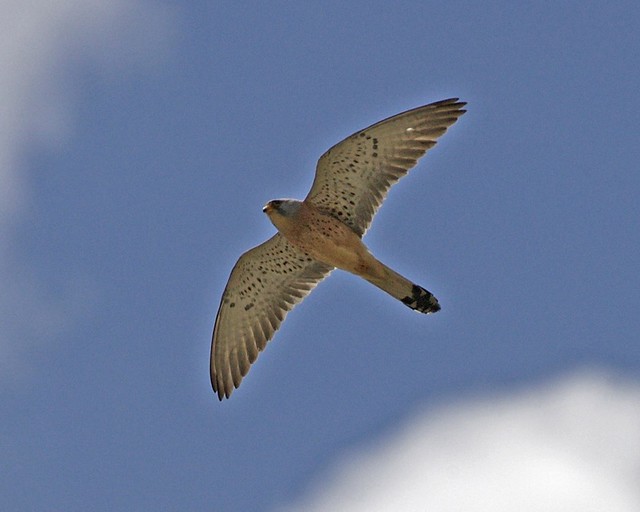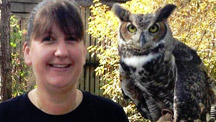Cormorant Numbers Declining In Dutch Wetland
In the past few decades the number of Cormorants in the Naardermeer wetland area of northern Holland has declined dramatically. In the 1980’s there were five thousand pairs of birds breeding in the area. Today there are just over 1000 pairs.
Cormorants brood in colonies in the Naardermeer area. They feed in deeper water, such as the Markermeer, which has become too turbulent for the birds to fish and hunt.
According to experts, the mass exodus from the Nardermeer by Cormorants has little impact on the Dutch population as a whole. In other areas the number of breeding pairs has increased, leaving the population of Cormorants in the Netherlands relatively stable.
Cormorants dive up to twenty meters below the water’s surface to search for food. The bird lacks the glossy fat that most diving ducks have, which allows it to dive deep underwater but leaves the birds soaking wet upon returning to the surface. Therefore when they are done feeding, Cormorants need to dry their feathers, which they do by standing with their wings spread-eagle in the sun and wind.




